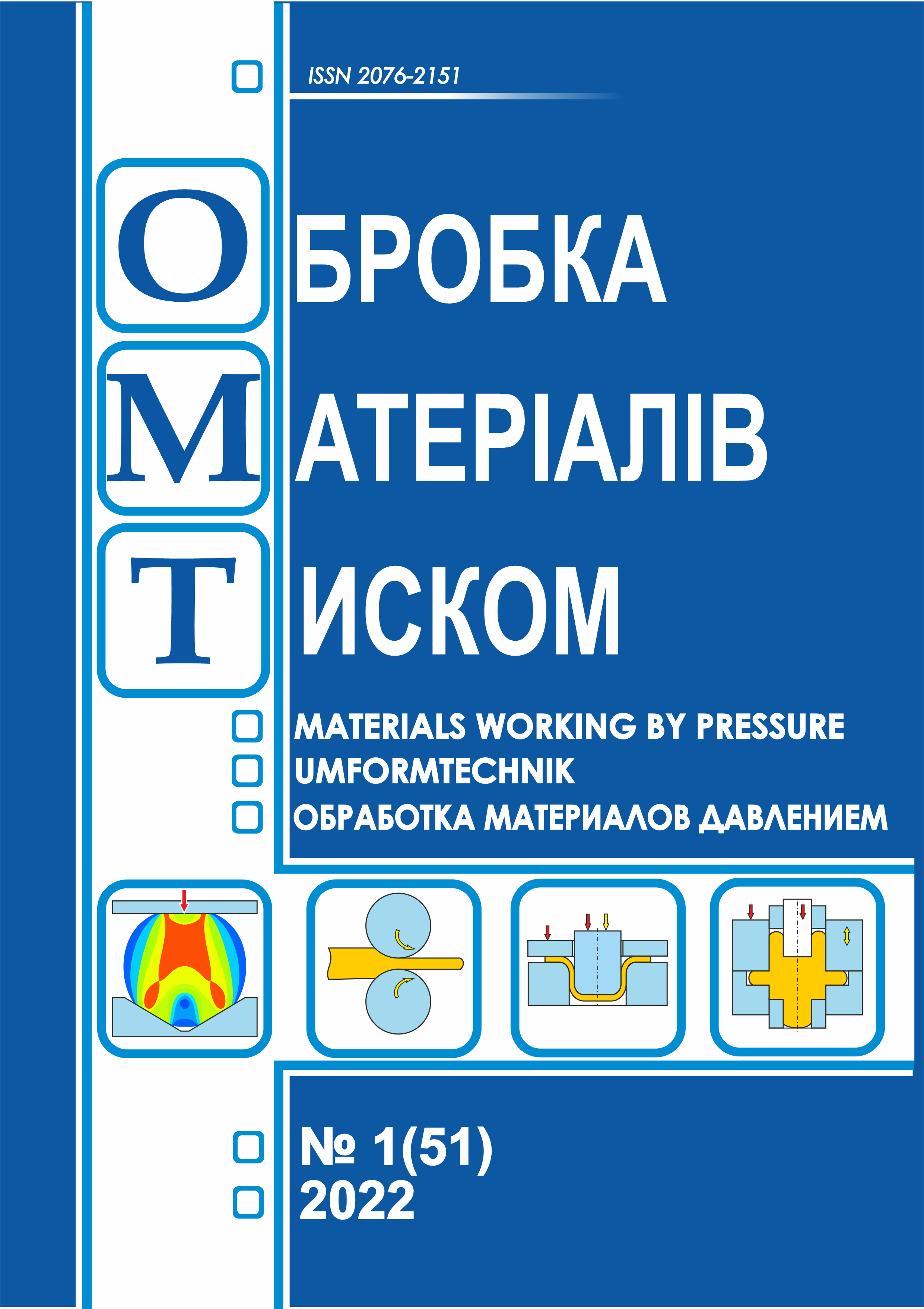A simple way to estimate the derivative of an empirical function by its values at unequally spaced points
DOI:
https://doi.org/10.37142/2076-2151/2022-1(51)21Keywords:
mathematical modeling, derivative of tabulated function, unequally spaced nodes, measurement error, smoothing of empirical data.Abstract
Beygelzimer E., Beygelzimer Y. A simple way to estimate the derivative of an empirical function by its values at unequally spaced points
A heuristic formula for 5-point approximation of the first derivative of an unknown function whose values are measured with an error at unequally spaced points is proposed. The derivative at a given point is calculated using the effective increments of the function and argument, taking into account the different weight coefficients for near and far measurement points. Simulation modeling on test functions with known derivatives is applied to determine rational values of weight coefficients. The results of simulation on two test functions are described in detail, one of which simulates the process of water cooling of a hot steel sheet, the second is a complex oscillatory process with variable frequency and amplitude. It is found that the optimal values of weight coefficients remain approximately the same for significantly different functions, which allows us to recommend the same formula for all cases. In contrast to classical methods of numerical differentiation of functions tabulated at unequally spaced nodes, the proposed formula simultaneously takes into account the smoothing of empirical data. It is shown that this significantly increases the accuracy of the numerical estimate of the derivative even in cases where the random error of the function is a very small value, from ± 1 %. The obtained formula is recommended for use in any plastic forming problems that require the estimation of the derivative of an empirical function, including the calculation of the stress-strain state of metal, the description of thermal processes, the determination of the thermophysical properties of materials, etc.
References
Del G.D., Novikov N.A. Dividing grid method. Moscow: Mechanical engineering. 1979. 144 p. (in Russian).
Tu Sh., Ren X., He J., Zhang Zh. Stress–strain curves of metallic materials and post‐necking strain hardening characterization: A review. Fatigue Fract Eng Mater Struct. 2020. 43. pp. 3–19. https://doi.org/10.1111/ffe.13134
Klinzing W.P., Rozzi J.C., Mudawar I. Film and Transition Boiling Correlations for Quenching of Hot Surfaces with Water Sprays. J. Heat Transfer. 1992. 9. pp. 91-103. DOI: https://doi.org/10.1007/BF02833145
Kotrbáček P., Chabičovský M., Kominek J., Resl O., Bellerova H. Influence of water temperature on spray cooling at high surface temperatures. Applied Thermal Engineering. 2022, 216, 119074. DOI: https://doi.org/10.1016/j.applthermaleng.2022.119074
Kotrbacek P., Bellerova H., Luks T., Raudensky M. Heat Transfer Correlations for Secondary Cooling in Continuous Casting. Steel Research Int. 2020. 2000465. DOI: https://doi.org/10.1002/srin.202000465
Wendelstorf J., Wendelstorf R., Spitzer K.-H. Spray Cooling Heat Transfer and Calculation of Water Impact Density for Cooling of Steel Sheet Materials by Inverse Process Modelling: Steel Res. Int. 2009. 9 (80). pp. 639-644. DOI: https://doi.org/10.2374/SRI09SP054
Beygelzimer E., Beygelzimer Y. Generalized estimates for thermal expansion of oxide scale in the range from 0 ºC to 1300 ºC with account for movability of phase transitions in its component. 2021. https://arxiv.org/ftp/arxiv/papers/2110/2110.08528.pdf
Beygelzimer E., Beygelzimer Y. Heat capacity of oxide scale in the range from 0 °C to 1300 °C: Generalized estimates with account for movability of phase transitions. 2021. https://arxiv.org/ftp/arxiv/papers/2110/2110.11101.pdf
Bharadwaj R., Sarkar A., Rakshe B. Effect of Cooling Rate on Phase Transformation Kinetics and Microstructure of Nb–Ti Microalloyed Low Carbon HSLA Steel. Metallogr. Microstruct. Anal. 2022. DOI: https://doi.org/10.1007/s13632-022-00864-9
Lyaschenko M.Ya., Golovan M.S. Numerical Methods. Kyiv: Lybid. 1996. 287 p.
Ram Babu Saksena. Engineering Mathematics III: For UPTU. India: Pearson Education. 2010. 556 p.
Singh Ashok K., Bhadauria B.S. Finite Difference Formulae for Unequal Sub-Intervals Using Lagrange’s Interpolation Formula. Int. J. Math. Anal. 2009. 3 (17). pp. 815–827.
Lanczos C. Applied Analysis. Moscow: State Publishing House of Physical and Mathematical Literature. 1961. 524 p. (in Russian).
Ostapenko A.L.; Beygelzimer E.E.; Kozlenko D.A.; Gritsenko S.A.; Goncharov N.V. Sheet cooling in a roller quenching machine. Steel Transl. 2016. 46. pp. 349–355. DOI: https://doi.org/10.3103/S0967091216050119

